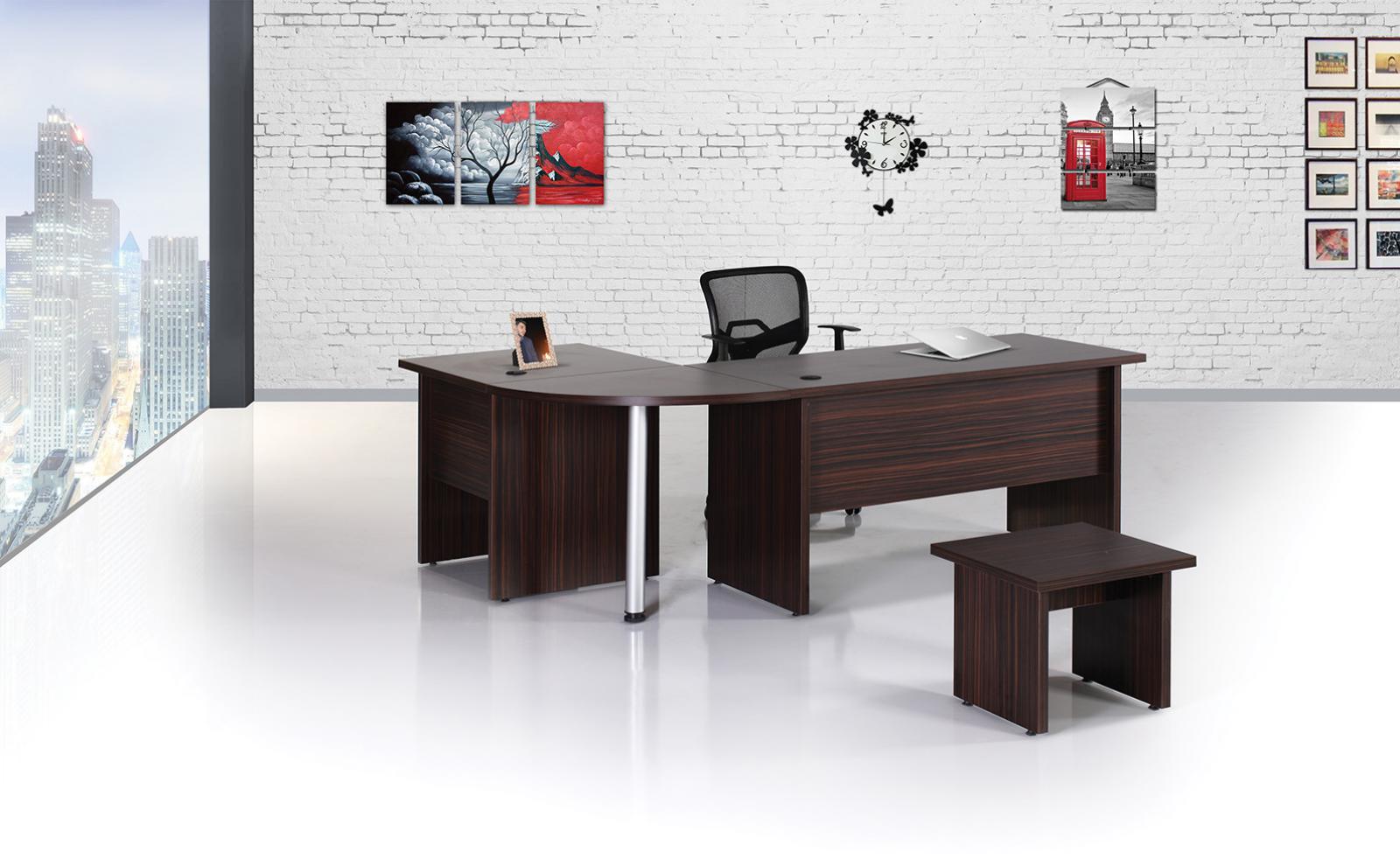You have come to the realization that it is time to purchase a new office chair, but with the large variety of options available it can become overwhelming to determine which chair will work best for you. Although it may seem like a simple purchase to make, there are many components on an office chair that should be considered prior to purchasing. The four main parts of an office chair are the seat, the armrests, the mechanism, and the backrest. All of these parts combined can lead to a healthy and comfortable sitting experience, but if one is overlooked or ignored it can also lead to pain and discomfort. Perhaps the one part of an office chair that is most often overlooked is the backrest.
A good backrest will provide the support needed to keep you sitting comfortably for extended periods of time. When determining which backrest is best suited for you it is important to keep a few things in mind. The first aspect to consider is if you have any prior medical conditions that affect how you sit through the work day. Many workers in the United States have sat in a cheap office chair that does not properly fit them for most of their careers which inadvertently leads to experiencing back pain and aches throughout the work day. Others have suffered from injuries or accidents that also affect their sitting experience. Luckily, with the vast assortment of ergonomic chairs available there are may different models and designs specifically tailored for all different types of injuries and back pains.
For those that suffer from lower back pain, it is best to find a backrest that is going to provide lumbar support. The most common type of lumbar support found on many different office chair models is a contoured backrest. The back forms an "S" shape which molds to the natural shape of the spine. It is crucial to find a backrest that can be adjusted in height in order to properly position the lumbar support to meet your body's specific needs. Another unique option that is available for lower back pain sufferers is an inflatable lumbar support, which is a small air pump inserted into the lower part of the backrest that can be inflated or deflated depending on the level of support that is needed. This option is available in high-end ergonomic chairs .
For those that suffer from upper back pain and shoulder pain it is advisable to find a backrest that is going to provide full back support. An office chair that is considered to have a high back will support both the upper back and shoulders. Chairs that are deemed to have a mid back or low back are a good option for those that do not suffer from upper back pain but should be avoided by those that do. Another option for those that need extra neck support and like to lean back in their chairs is a headrest.
Whether you suffer from upper back pain, lower back pain, or no back pain at all, the backrest is one of the most important aspects of any office chair and should be taken into consideration when searching for your next new office chair.

